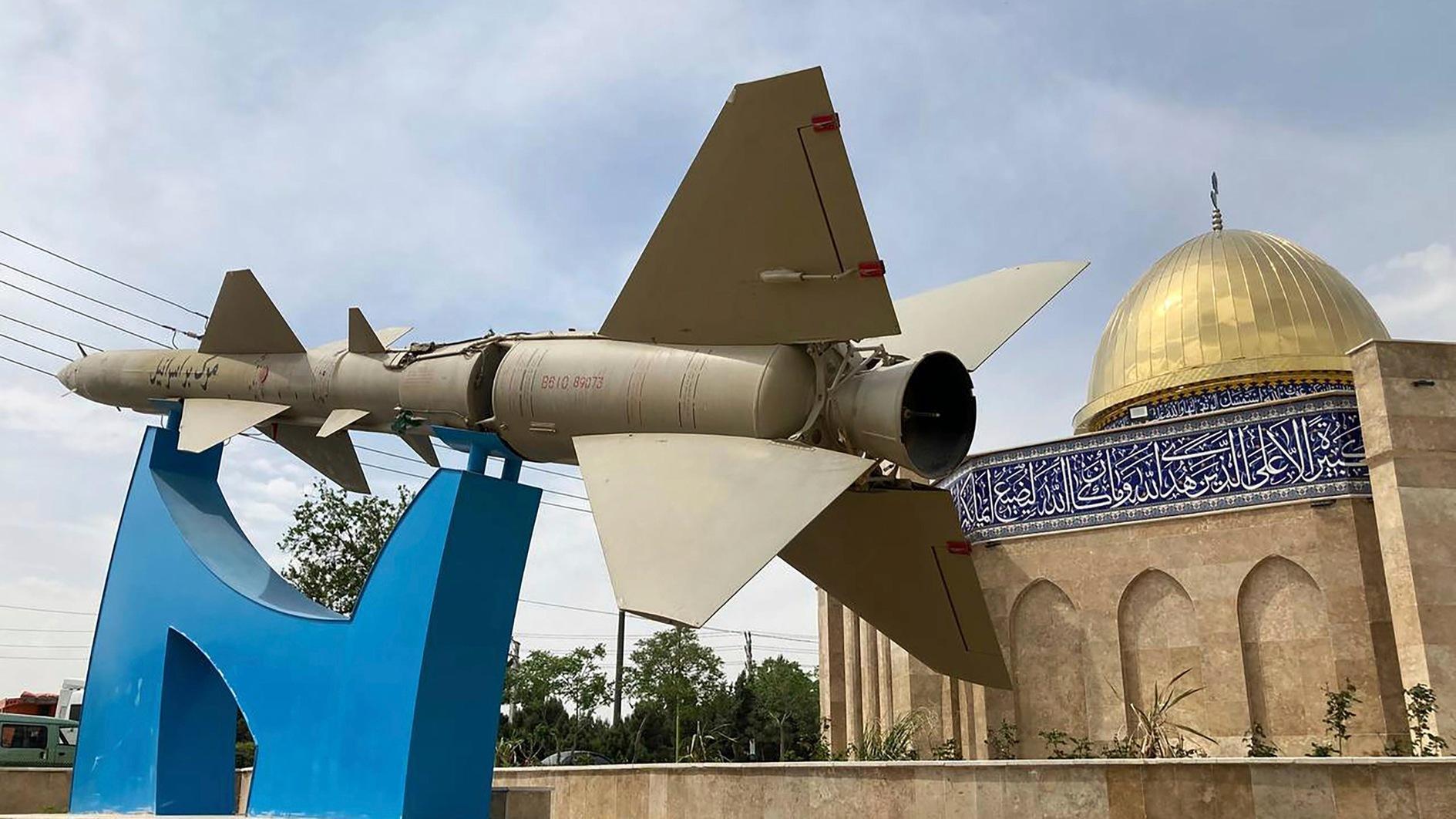Ancient Anatolian statuette of abundance seeks record at New York auction
ÖZGEN ACAR
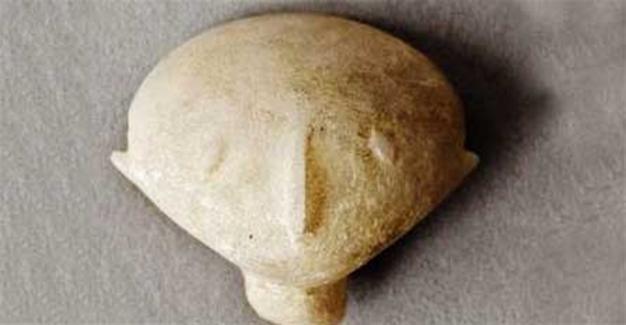 The “Kilia Idol,” a 23-centimeter statuette that has been smuggled from Turkey, will be auctioned on April 28 at New York Christies at an estimated price of $3 million.
The “Kilia Idol,” a 23-centimeter statuette that has been smuggled from Turkey, will be auctioned on April 28 at New York Christies at an estimated price of $3 million.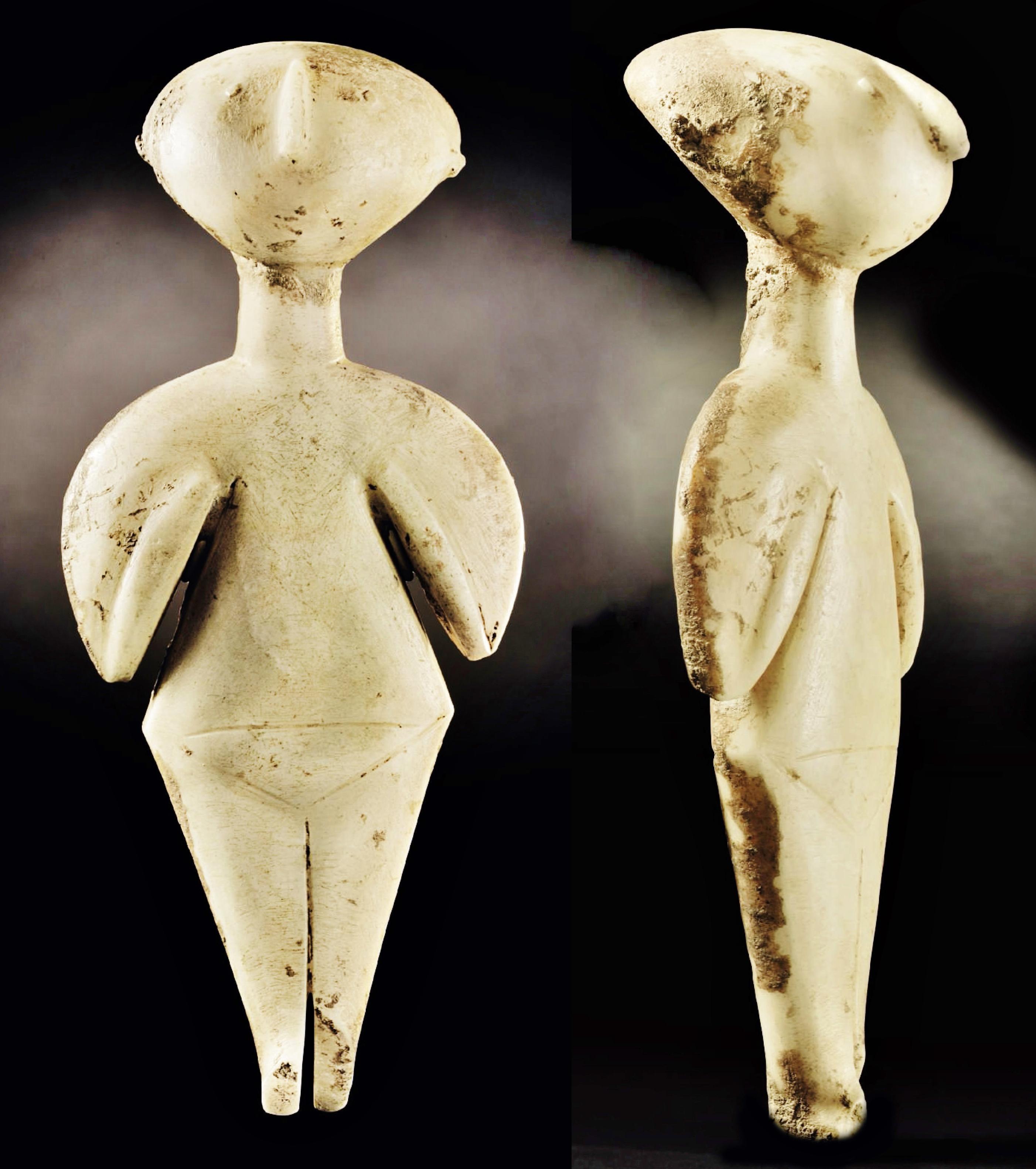
Another 20-centimeter Kilia Idol thought to date back around 6,000 years, which is called “stargazer” in the West and “tepegöz” in Turkish because its eyes are tilted toward the sky, was auctioned for $1.8 million in 2005 in New York.
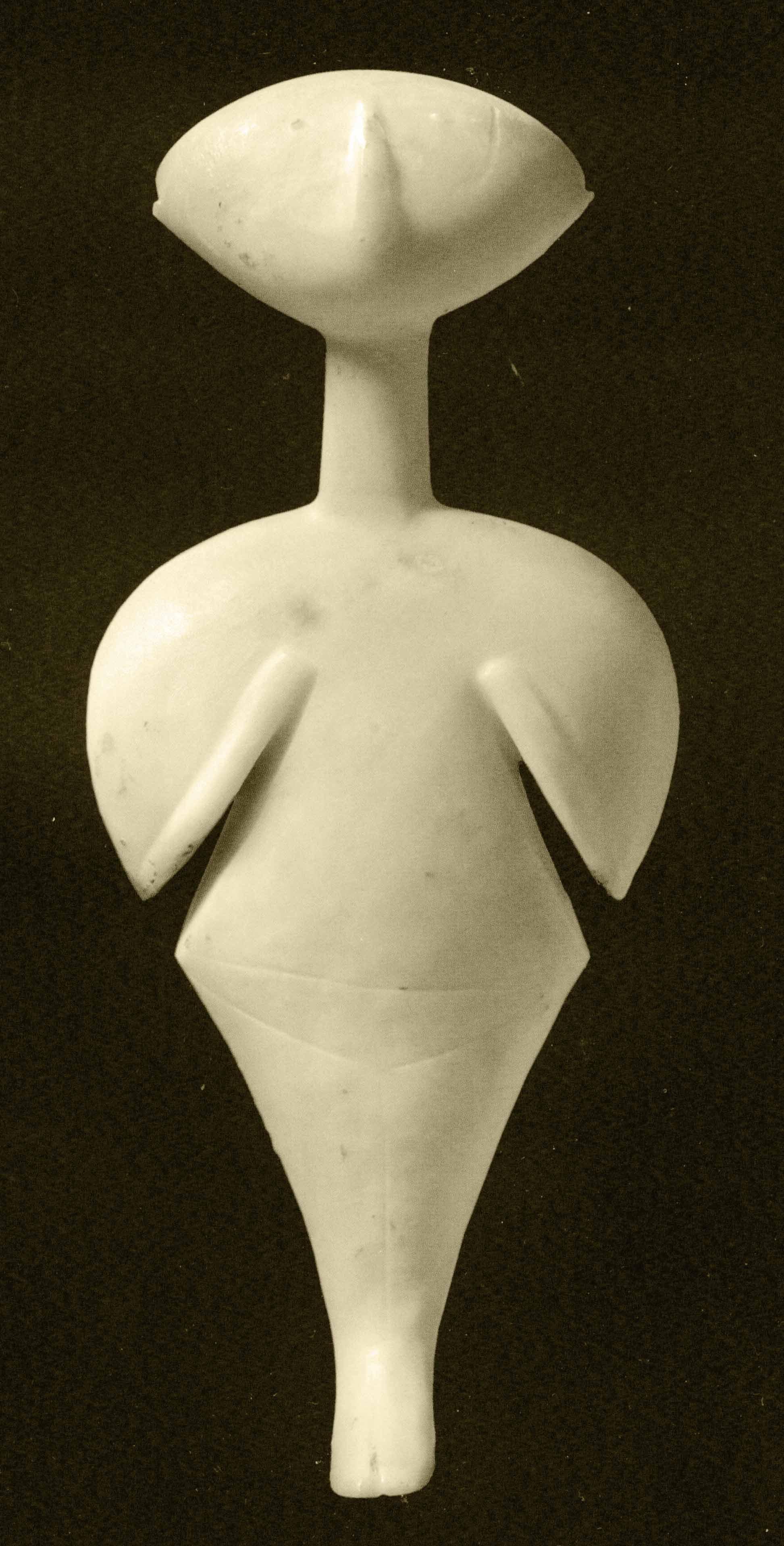
In the same year, painter Burhan Doğançay’s “Blue Symphony” broke records in Turkey as it was sold for the same price by Istanbul’s Artam Auction House.
Most expensive slippers
During my visit to the Manisa Museum in western Turkey at the beginning of the 1990s, I showed a photo of Kilia-type idols to the director Hasan Dedeoğlu and his assistant Rafet Dinç. “We have two broken pieces in the museum,” said Dinç, bringing them out from storage.
Two Kilia idols found by two villager women in 1991 near Akhisar in Manisa ended up being smuggled abroad and marketed at a very good price. The women gave these statuettes to a peddler in the village and got a pair of slippers in return. The auctioneers in New York to whom I mentioned this joked that the women are now wearing the world’s most expensive slippers.
In 1993, Dinç, who was appointed to the university in Aydın from the museum, found the atelier of these statuettes in a field in Kulaksızlar’s Balıkburnu, 16 kilometers from Akhisar.
Since tractors were being driven on these 12 decares of land, a number of sculpture pieces underground were coming to the surface.
In his research (not in excavations), Dinç collected 392 pieces of Kilia idols in sculpture ateliers, finding sketches, grinding stones, tinder boxes, “Hematite” (blood stone with iron compounds), extractors, and pieces of pottery. He did not find even a small piece of metal.
He also found 35 pumice stones, which were used by sculptors to carve marble idols because metal cutters did not exist in in the ancient era. It is believed that marble was scraped with pumice stone and polished with pebble stone and leather.
There are marble quarries, which are still being operated in Harmandalı, five kilometers away from the village of Kulaksızlar. Marble, the raw material of idols, was mined from these quarries.
Even though they generally looked like the same, Dinç found 15 different types among 119 idol heads.

Eyes and ears were difficult to make out in the horizontal egg-shaped heads tilting upwards, but noses were distinct. Necks were long and thin, shoulders were wide, and legs were in the shape of a bird wing.
The soles of some of these 6-23 centimeter-long sculptures are on the ground and some are standing on the balls of their feet like ballerinas. Just as in the ancient Anatolian mother goddess sculptures, their hands are under their breast.
Date
An American archaeologist found one of these idols, which are little known in Turkey, in the ancient city of Kilia in Çanakkale’s Gallipoli district at the end of the 19th century and took it to the American Archaeology Institute in Athens. These statuettes are called Kilia Idols in reference to the place where they were first found.
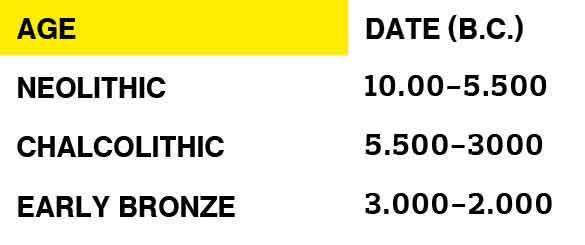
The archaeologists of the Cycladic Art Museum in Athens, where it is on display today, date this idol back to the Chalcolithic Age between 4,360-3,500.
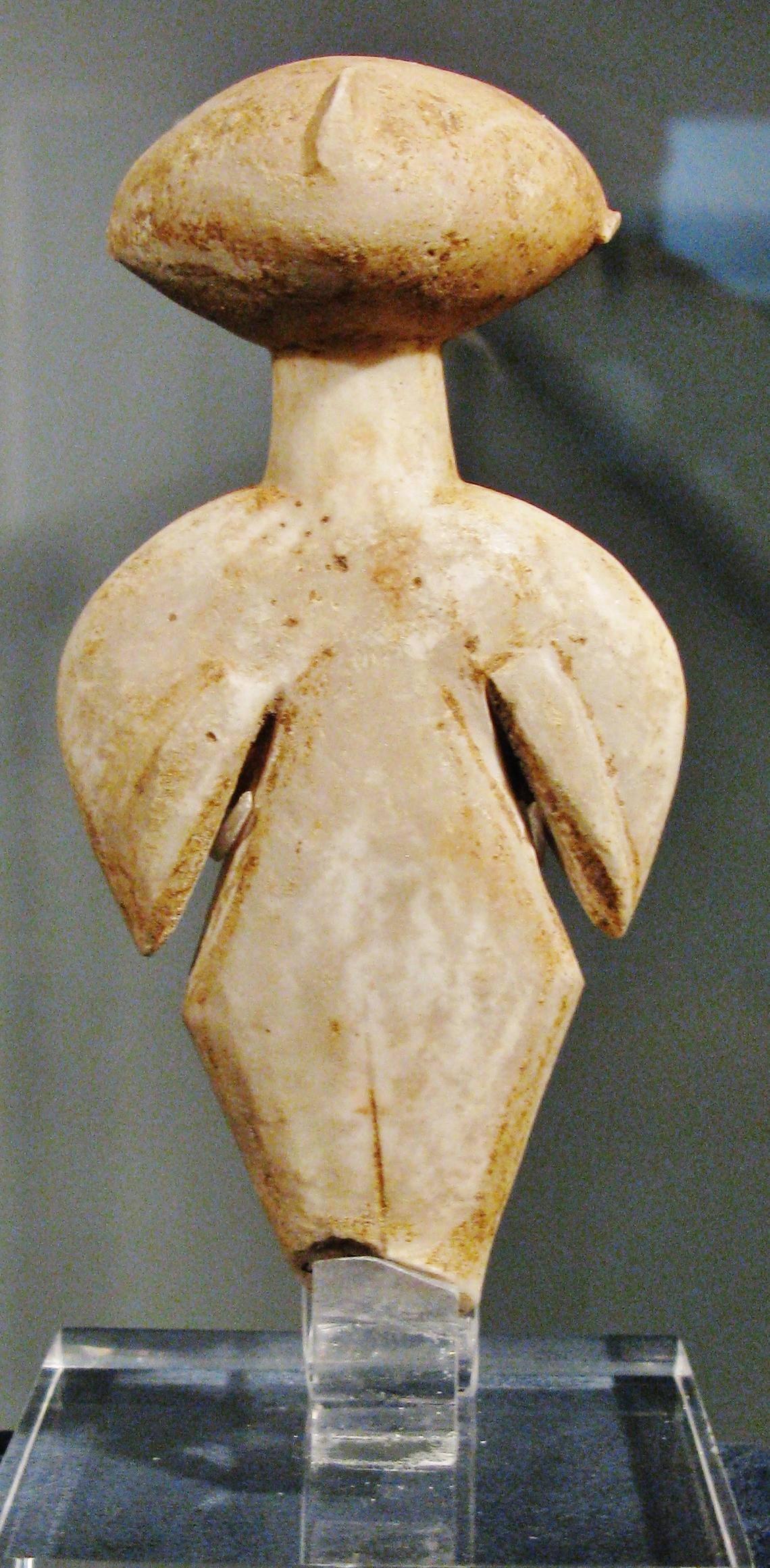
“They should be examined with decorative burnished potteries. It is certain that it is this type, which is called the Kilia style, is from the transition period to the Bronze Age,” said Professor Manfred Korfmann, a famous German archaeologist of the Troy excavations, referring to the idol found in the neighboring settlement of Beşik-Sivritepe.
The fact that a Kilia Idol piece has been found in the Chalcolithic Age layer in Antalya’s Karain cave supports the view of Korfmann.
Along with the idol pieces, potteries used in the Neolithic and Chalcolithic ages have also been found in Kulaksızlar, and it has been verified that they were from the same age as the ones found by Korfmann in Beşik-Sivritepe.
The Kulaksızlar idol atelier is considered the “oldest sculpture atelier ever unearthed in the world.”
The Kilia idols recall one of the Mother Goddess discovered in Anatolia in the Neolithic Age. According to research by Professor Önder Bilgi, the idols symbolize the “culture of abundance” in their period.
Expansion
They were also found in the southern and northern Aegean and on the island of Lesvos. Some foreign antique galleries say the idol comes from Kırşehir, but this is mistaken information that was invented by Turkish smugglers in order to hide their sources.

In some publications it is written that the statuettes in Kilia and Greece are from the same period as the ones in the Cyclades Archipelagos.
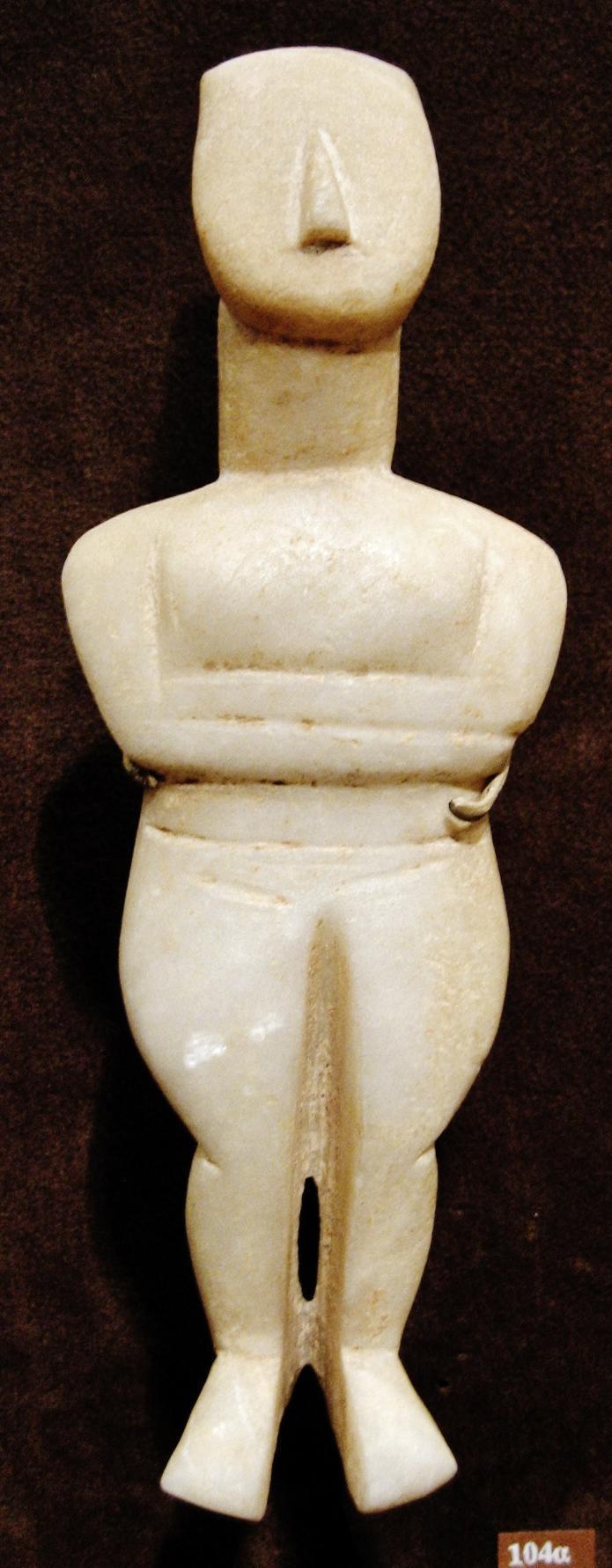
Cyclades idols are generally dated back to the second phase of the Bronze Age between 2,800-2,400 B.C.
Even though there are some similarities between these two types of idols, there are very important stylistic differences. In the Cyclades statuettes, arms are crossed on the belly but not under the breasts. The Cyclades statuettes represent an artistic landscape and were not used for religious purposes, and they also have a male depiction.

Some historians think the people of Cyclades came from Anatolia at the beginning of immigration to the islands and Greece.
Various examples
Here are some interesting examples from the Kilia Idols:
1. A 4.5-centimeter electrum (gold-silver mixture) Kilia was sold in 1966 in New York.
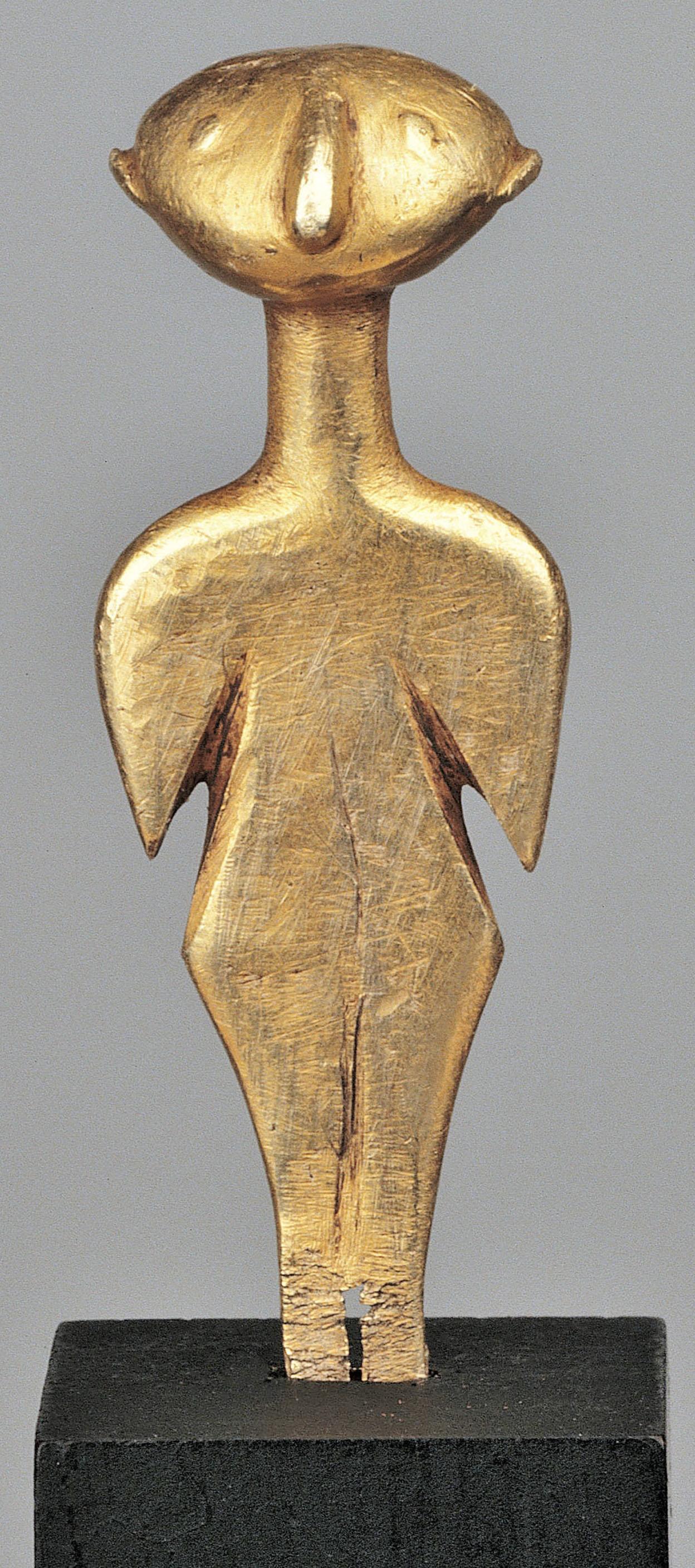
American antique dealer J.J. Klejman, who marketed the statuette, also sold the “Karun Treasure,” which he smuggled from Turkey’s Uşak and Manisa to the New York Metropolitan Museum at the same date.
2. The Sadberk Hanım Museum bought a 6-centimeter Kilia Idol for $105,000 at a Christie’s auction in New York in 2010.

3. There are breasts in an unusual Kilia Idol statuette.
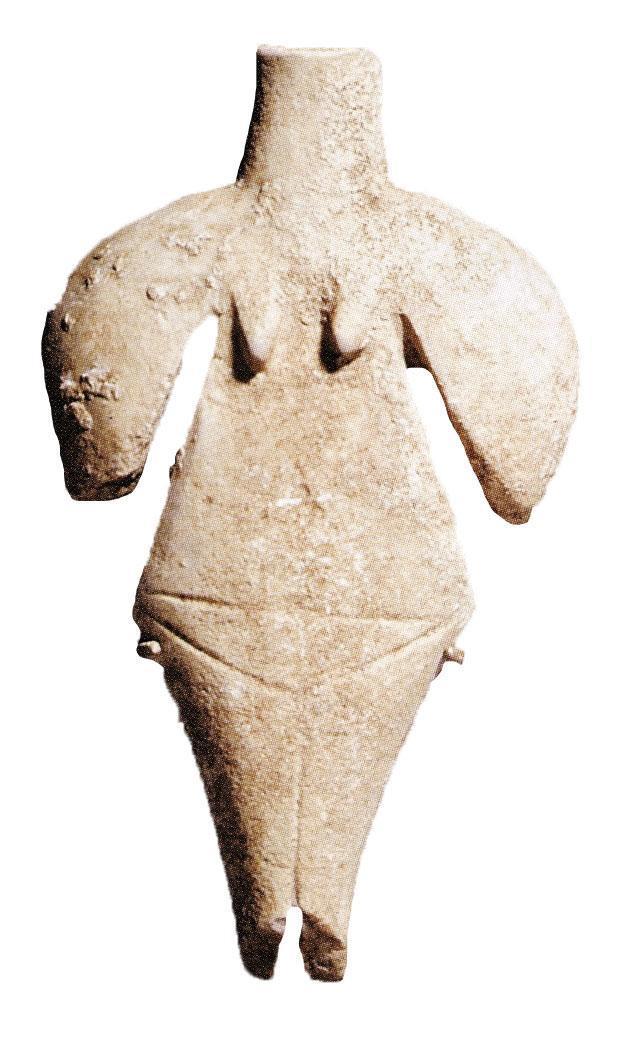
This idol was purchased in the Boisgirard auction for 20,000 euros in Paris.
4. There is a Kilia Idol in the collection of Shelby White – Leon Levy couple, from where I brought back the Weary Heracles sculpture, which was smuggled from Perge/
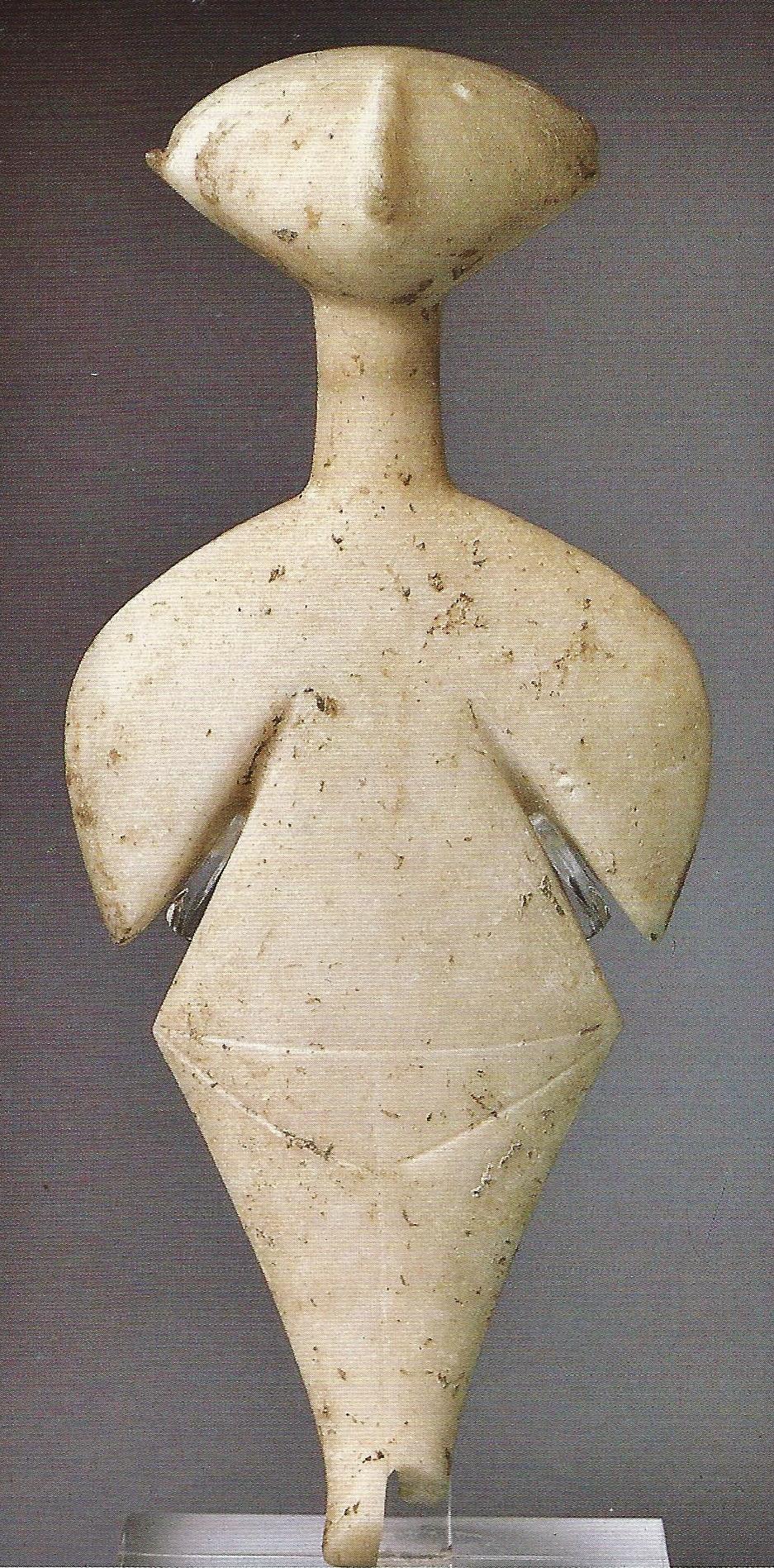
There are also a total of 15 Kilia Idols in good condition in New York’s Norbert Schimmel,
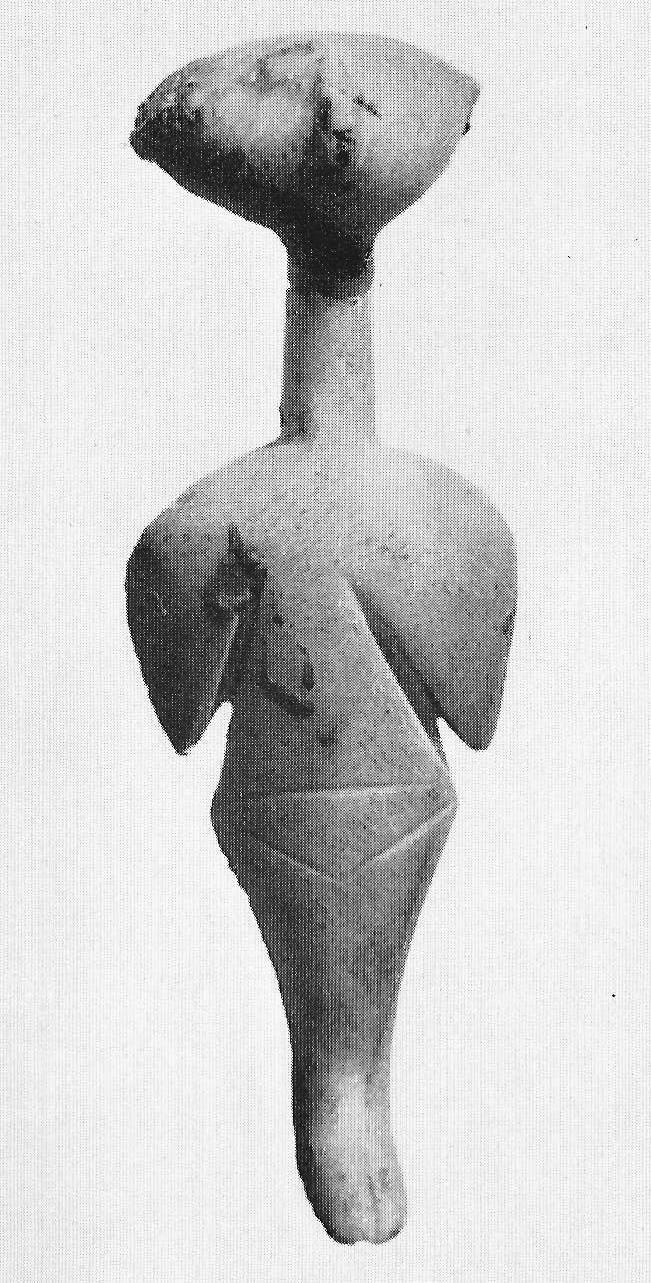
Houston’s Menil
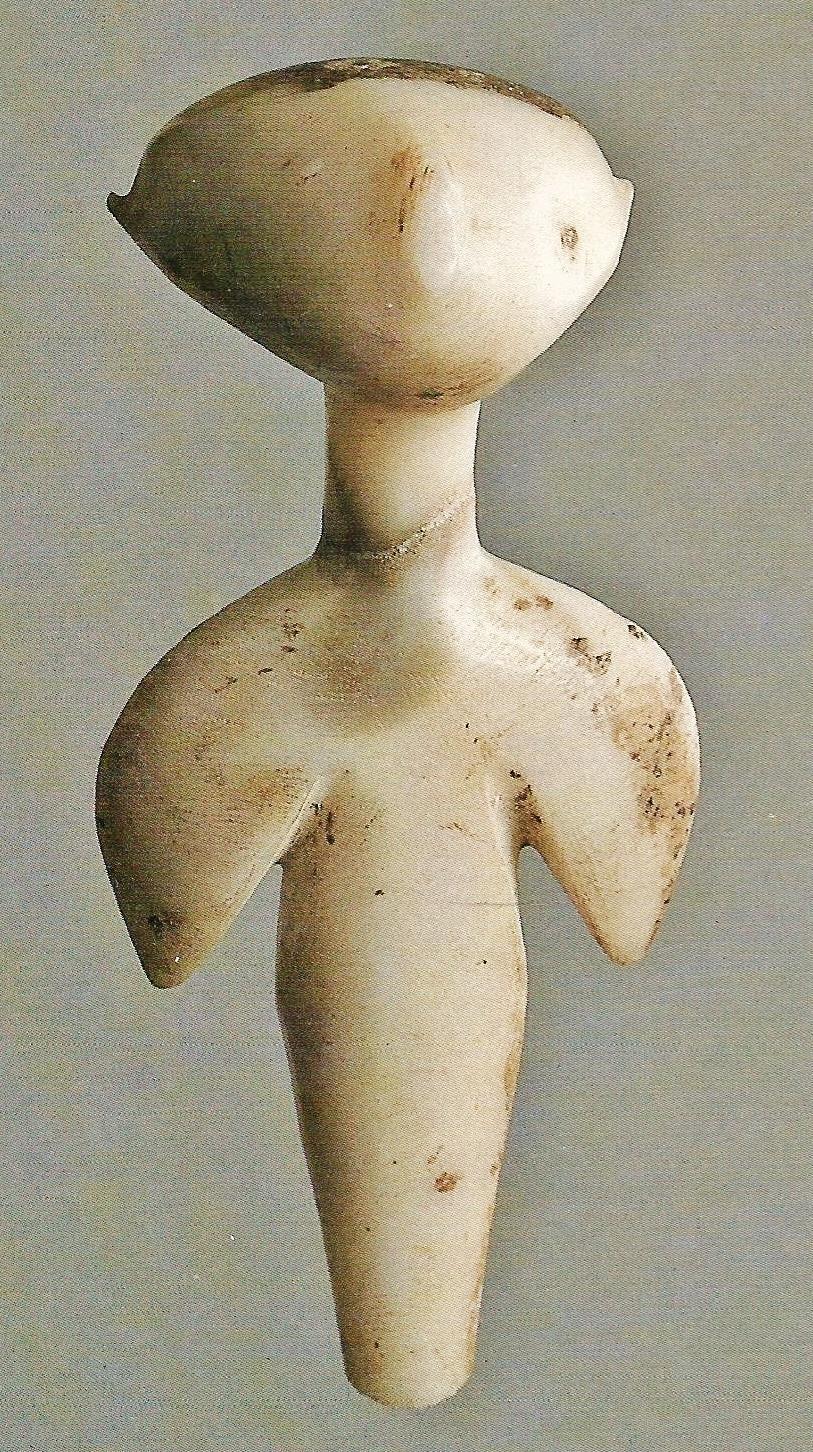
and Los Angeles’ Getty collections, as well as in European collections.
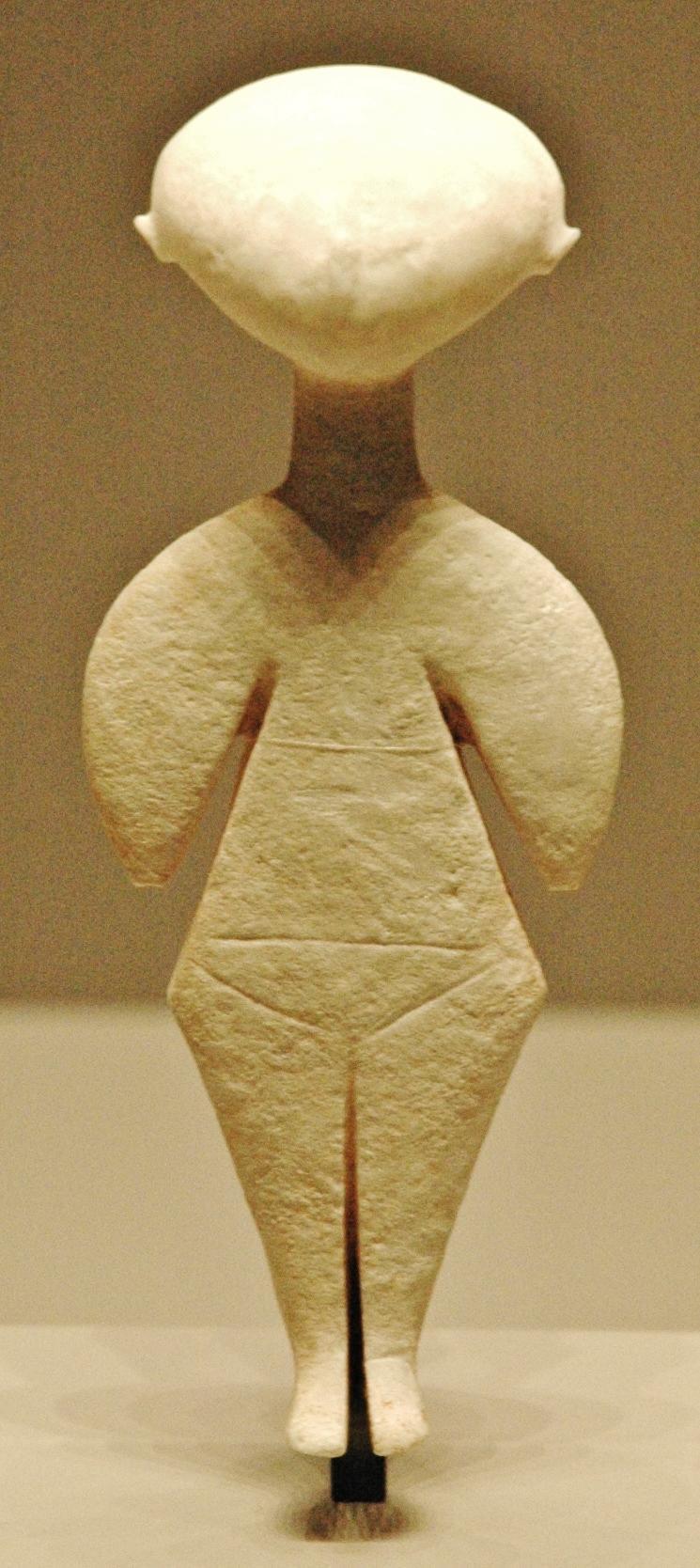
The Culture and Tourism Ministry now has an important mission: Archaeological excavations should be initiated in Kulaksızlar as soon as possible. I also wonder if the ministry can take action and stop the April 28 auction in New York...






